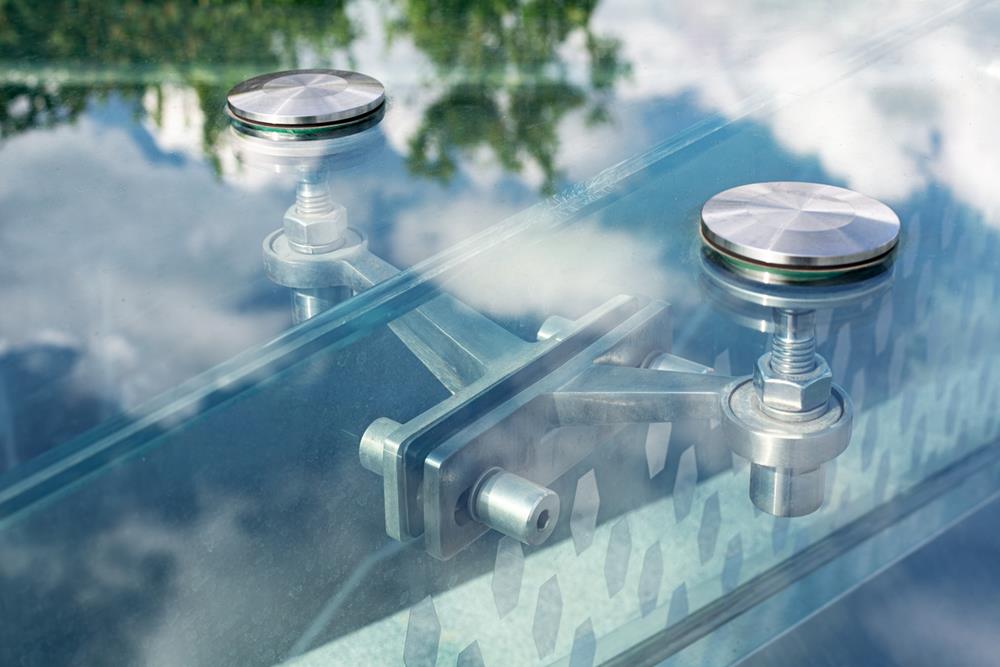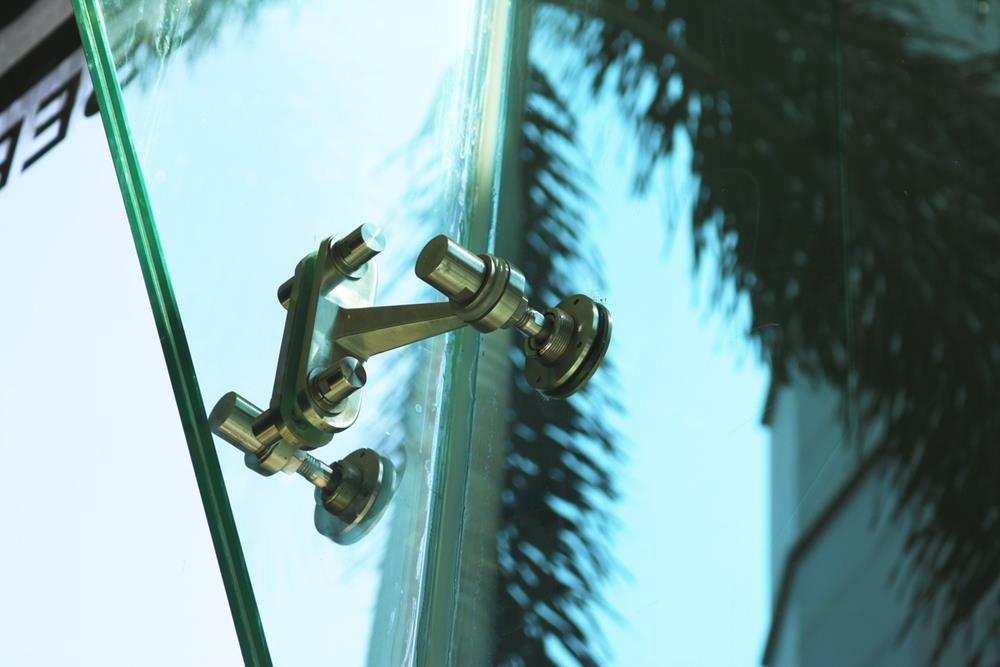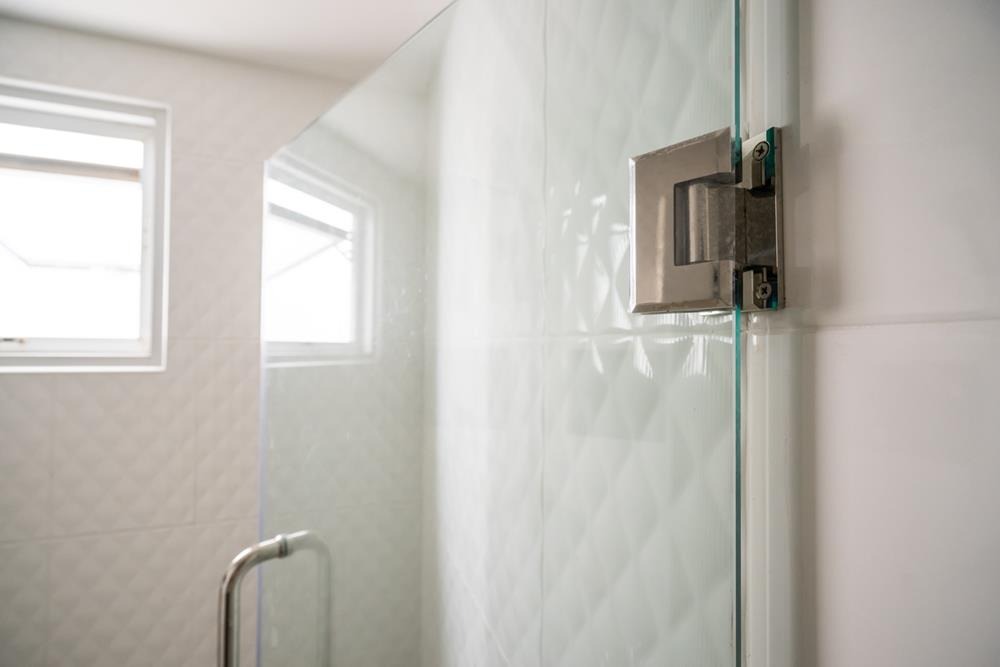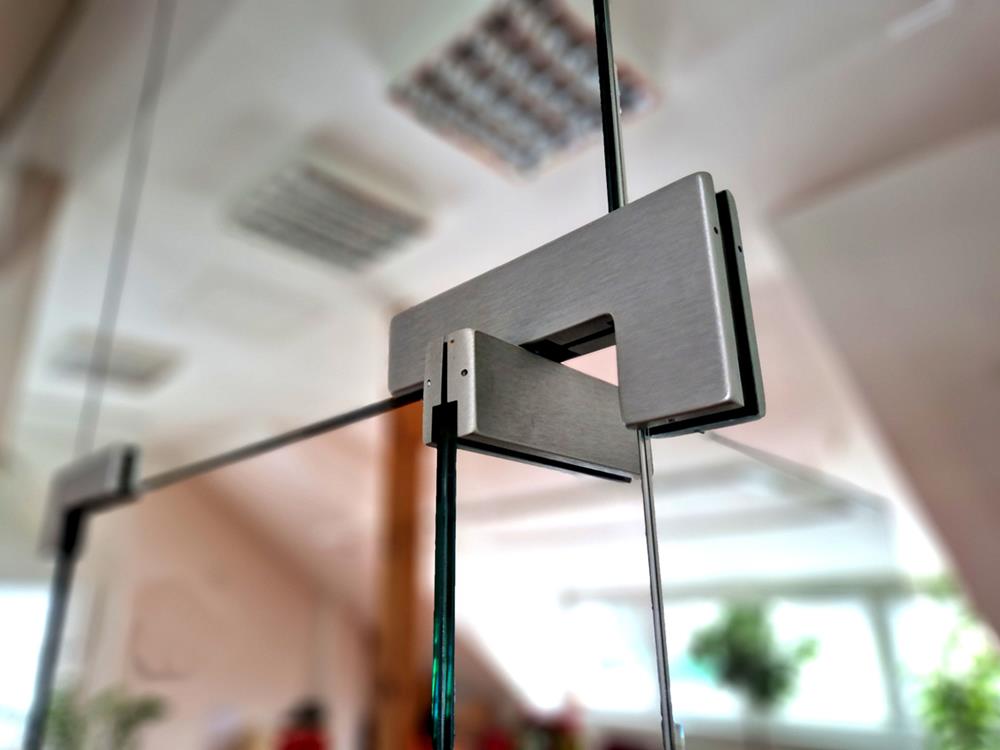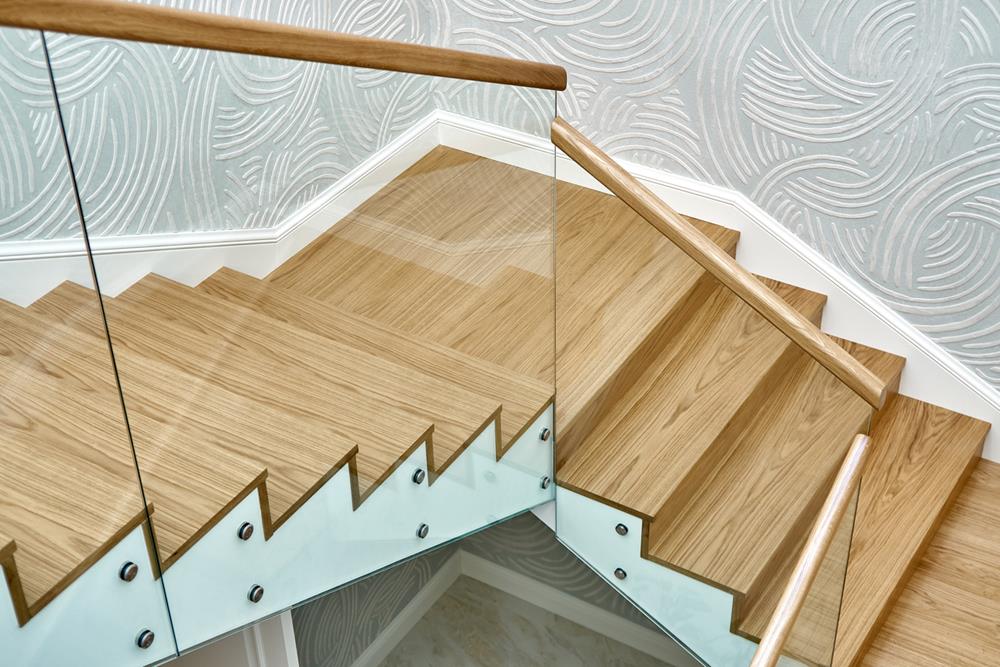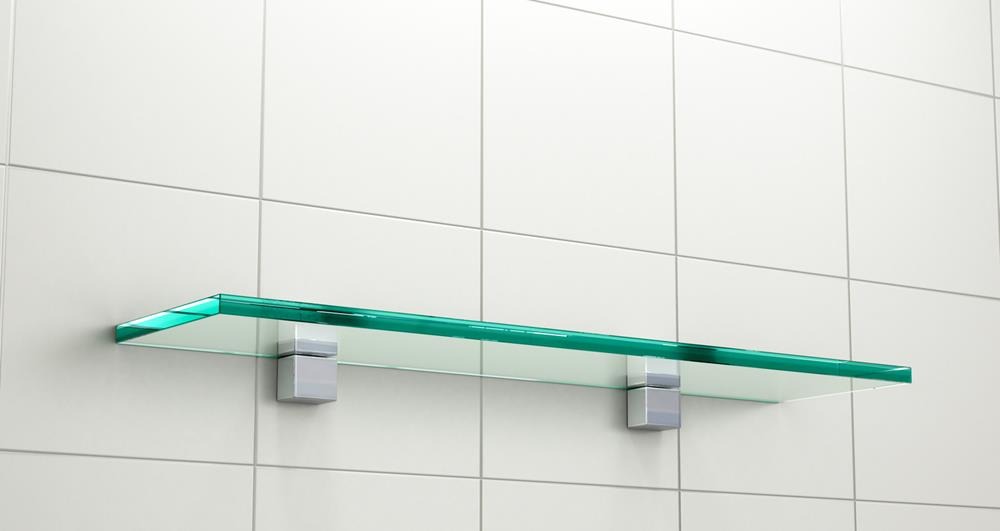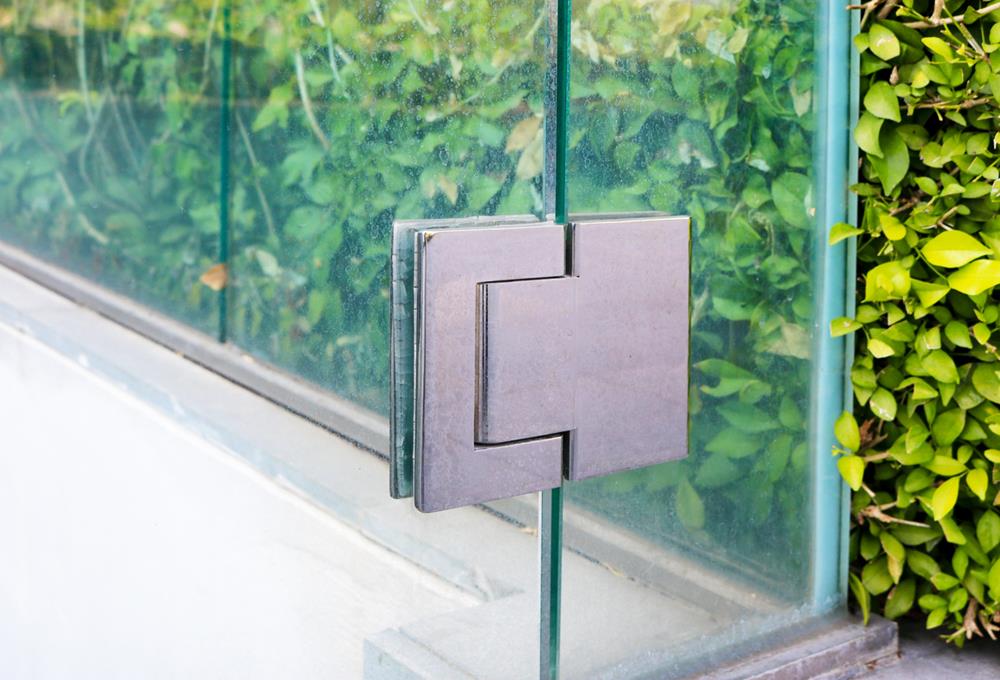Glass fittings play a vital role in modern architecture and interior design, blending functionality with aesthetic appeal. From sleek shower enclosures to expansive glass facades, the choice of fittings can impact both the performance and style of a glass installation. This article provides a comprehensive guide to the various types of glass fittings available on the market, detailing their uses, benefits, and considerations to help you make informed decisions whether you’re planning a renovation or starting a new construction project.
What are Glass Fittings?
Glass fittings are specialized components designed to hold glass panels in place within various structures and systems. These fittings not only support structural integrity but also enhance the aesthetic qualities of the glass installations. They come in many forms, including hinges, handles, brackets, and clamps, each serving different functions in applications ranging from doors and windows to shower screens and balustrades.
The design and material of glass fittings are key to their functionality and durability. Stainless steel, brass, and aluminum are commonly used materials chosen for their strength and resistance to corrosion. This makes them suitable for both indoor and outdoor settings where they must withstand environmental factors like humidity and temperature changes.
In addition to their practical uses, glass fittings are also an important element of design. They can be minimal and barely noticeable for a sleek and modern look or more ornate to complement a traditional décor. The choice of fitting can significantly impact the overall appearance of a glass feature, making it a critical consideration in architectural and interior design planning.
Different Types of Glass Fittings
Glass fittings are integral components in both the functionality and aesthetic enhancement of glass installations in various architectural contexts. From commercial buildings to residential homes, the right type of glass fitting not only ensures stability and durability but also contributes to the design. Here are some of the most common types of glass fittings used today, each serving specific purposes and environments.
Glass Clamps
Glass clamps are used to secure glass panels without the need for drilling holes into the glass, preserving the integrity and strength of the panel. Typically made from metals such as stainless steel or aluminum, these clamps are ideal for balustrades, staircases, and shower screens. They come in various shapes and sizes to accommodate different thicknesses and are appreciated for their clean, modern look that does not obstruct the glass.
Glass Door Hinges
Specifically designed for glass doors, these hinges are pivotal in attaching the door securely to the frame or wall while allowing smooth opening and closing movements. Glass door hinges must be particularly strong as they carry the full weight of the door, and they often feature a design that complements the transparent nature of glass, enhancing the door’s elegance without overwhelming its simplicity.
Patch Fittings
Patch fittings are small, functional pieces that attach directly to the glass without altering its shape. These are commonly used in commercial glass doors and partitions where a minimalist design is desired. Made usually from high-strength metals, patch fittings hold panels in place and can be fitted with locks and other mechanisms to enhance security and functionality.
Glass Point Fixings
Used in large glass façades, glass point fixings are discrete and provide a way to fix glass panels to a structure without visible supports, giving a floating appearance. These fixings are engineered for strength and are typically constructed from durable materials like stainless steel. They are essential for creating expansive, continuous glass surfaces seen in modern architecture.
Glass Shelf Brackets
Glass shelf brackets not only support the weight of shelves made of glass but also add to the visual appeal. These brackets can be quite decorative and available in various styles and finishes to match different interiors. They must be installed with precision to ensure that the glass remains balanced and secure.
Tips for Choosing a Suitable Type of Glass Fitting
Choosing the right type of glass fitting is crucial for both the functionality and aesthetic of your glass installations. Whether you’re updating a bathroom, creating a partition in an office, or installing a new glass door, the correct fitting not only enhances the safety and durability of the glass but also complements the design of the space. Here are several tips to consider when selecting a suitable type of glass fitting:
- Consider the Load Requirements: Assess the weight and size of the glass to ensure the fittings you choose can adequately support the load. Heavier panels such as those used in glass doors or large windows require stronger fittings like heavy-duty hinges or robust clamps.
- Check Compatibility with Glass Type: Not all fittings are suitable for every type of glass. For instance, tempered glass requires different fittings than laminated or annealed glass due to its unique properties. Ensure the fittings are compatible with the specific type of glass you plan to use to avoid damage and ensure longevity.
- Evaluate the Aesthetic Needs: Glass fittings come in various finishes and designs, from minimalist to ornate. Consider the overall design theme of your space and choose fittings that complement other fixtures and finishes in the room. Aesthetically pleasing fittings enhance the overall look and feel of your installation.
- Prioritize Safety Features: For areas where safety is paramount, such as balconies or staircases, choose fittings that provide robust structural support and meet local safety regulations. Check if the glass fittings are designed to prevent shattering and are durable against everyday wear and tear.
- Opt for Corrosion-Resistant Materials: Especially important in humid or outdoor environments, selecting corrosion-resistant materials like stainless steel or anodized aluminum ensures that your glass fittings will withstand the elements and maintain their appearance over time.
- Seek Professional Advice: If in doubt, consult with a professional glazier or designer. Their expertise can guide you in choosing the most suitable fittings based on technical and aesthetic considerations, making sure your glass installations are both beautiful and functional.
By following these tips, you can confidently select the right type of glass fitting that ensures safety, enhances aesthetics, and contributes to the longevity of your glass installations.
Interesting Facts About Glass Fittings
Glass fittings may seem like simple components in the larger context of architectural design, but they hold a wealth of interesting details that reflect the innovation and technical advancements in this field. Here are some intriguing facts about glass fittings that highlight their importance and versatility:
- Historical Evolution: Glass fittings have a rich history, evolving from crude metal clamps to sophisticated, design-focused elements that enhance modern architecture. The development of glass fittings parallels advancements in glassmaking and architectural styles, showcasing a progression from purely functional to aesthetically integral parts of glass installation.
- Customization Possibilities: Glass fittings can be custom-designed to fit specific project needs, which means they don’t just come in standard sizes or styles. This customization is particularly important in high-end architecture, where unique glass shapes and sizes are used to create distinctive designs.
- Thermal and Acoustic Properties: Some advanced glass fittings are designed to improve thermal and acoustic insulation. This is achieved through special materials and designs that minimize heat transfer and block sound, contributing to more energy-efficient and quieter buildings.
- Environmental Impact: Manufacturers of glass fittings are increasingly adopting eco-friendly practices, using recycled materials and ensuring that their products are fully recyclable. This shift is driven by growing awareness of environmental sustainability in the construction industry.
- Impact on Natural Light: Glass fittings play a crucial role in maximizing the use of natural light. Transparent and minimally visible fittings allow for larger glass panels that increase daylighting, which can reduce electricity usage and enhance the well-being of building occupants.
Conclusion
In conclusion, understanding the different types of glass fittings is essential for anyone involved in building or remodeling projects where glass is a key element. Each type of fitting serves a specific purpose, from enhancing structural integrity to adding decorative flair.
As we have seen, whether it’s the strength required to support heavy glass panels or the precision needed for aesthetic alignment, choosing the right glass fittings is crucial for both functionality and design. With a wide range of options available, tailored to various needs and environments, selecting the appropriate glass fittings can dramatically affect the outcome and durability of your glass installations.
Additional Suggestions
- Glass Partitions are also some of the best options for making your commercial space more attractive and beautiful.
- For the best glass fittings, you should contact good Glass Suppliers in your area.
- Vitrier Bruxelles provides different types of glass fittings and services.


